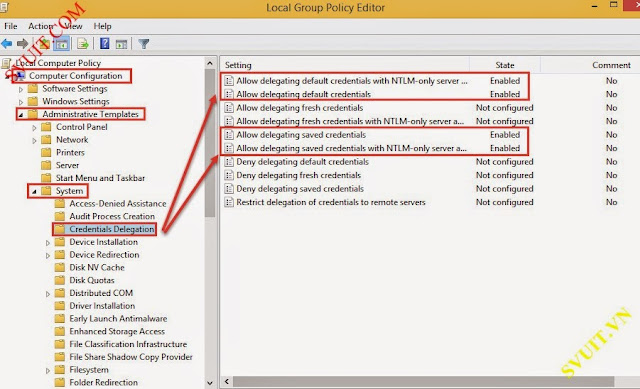Windows Task Scheduler holds all the tasks which were created by an application to periodically check for backup or etc. If you need to create the same task on another Windows Server/10 computer or need them back after reinstallation, there is away. Task Scheduler gives you an option to export them one by one but not all of them together. In this tutorial, I will tell you a trick on how you can bulk export Tasks from Windows Task Scheduler, and import it back to Windows.
All the Tasks created in Windows are available in a Task Folder. It is available in the Windows System Directory which in my case is C:\Windows\System32\Tasks.
1.Navigate to Tasks Folder. You will be prompted for admin permission.
2.Here you will see a couple of folders with some files inside it. They represent the same folder structure of the Task Scheduler and files too have the same name.
3.Copy the task files to the machine you want to export. You can also use it to back up your tasks in case your computer needs a reinstallation. It saves time as you don’t have to create them again.
4.Rename the files with extension as “.XML”. It is the same extension Task Scheduler uses when you export the tasks.
5.Once renamed, now use the Task Scheduler Import task feature to import them one by one. Windows will not recognize them if you drop them directly into the Tasks Folder of Windows.
It’s an excellent way to import and export tasks, especially if you want to run the same tasks on multiple PC. Also, it opens up the option to keep a copy of all the tasks when you are reinstalling Windows. All you need to do is copy it again, and it restores all the tasks.

















